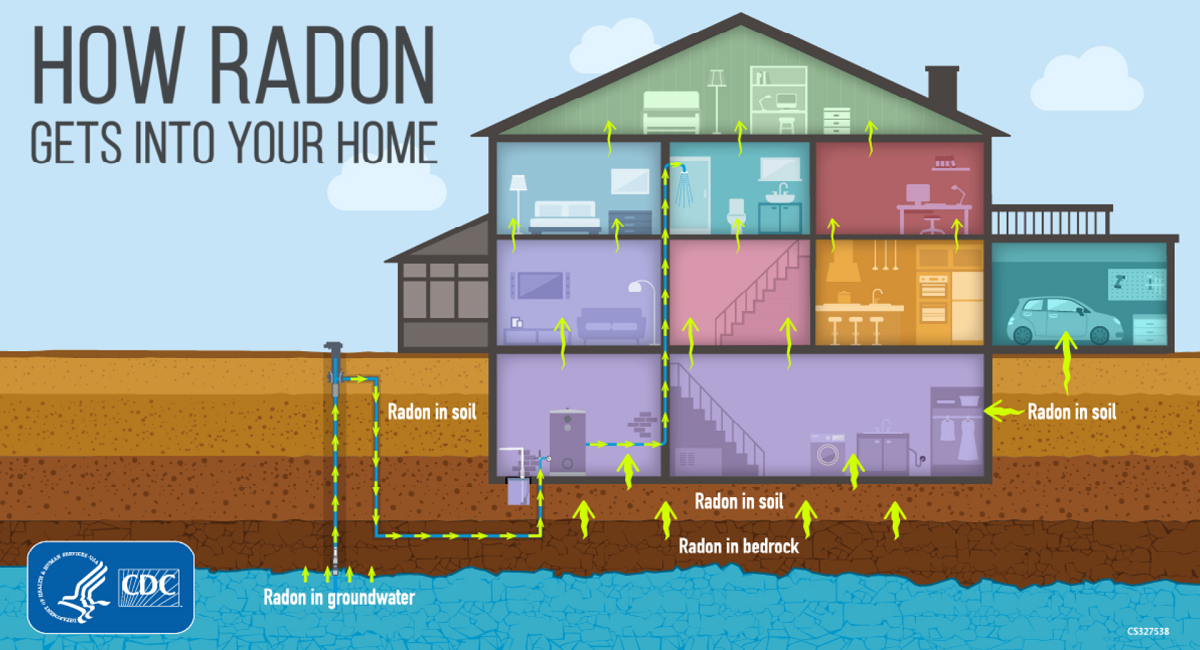Influenza, commonly known as the flu, is a serious illness that can have significant health impacts, especially for vulnerable populations. By taking preventive measures — such as getting vaccinated, practicing good hygiene, and avoiding close contact with sick individuals — you can reduce your risk of infection and protect those around you.
Understanding how to prevent, recognize, and manage the flu is crucial for maintaining public health and minimizing its spread.
Recognizing Flu Symptoms
The flu often comes on suddenly and can include symptoms such as:
- Fever or chills
- Cough
- Sore throat
- Runny or stuffy nose
- Muscle or body aches
- Fatigue (tiredness)
- Headaches
Some people, particularly children, may also experience vomiting and diarrhea. However, these gastrointestinal symptoms are less common in adults.
What to Do If You Have the Flu
If you develop flu symptoms, taking immediate steps can help you recover and prevent spreading the illness to others.
Stay Home – The Centers for Disease Control and Prevention (CDC) recommends staying home for at least 24 hours after your fever subsides without the use of fever-reducing medications (e.g., acetaminophen or ibuprofen). Avoid going out except for medical care or other necessities.
Rest and Stay Hydrated – Get plenty of rest and drink fluids like water, herbal teas, and broths to help your body recover and prevent dehydration.
Practice Good Hygiene – Cover your mouth and nose with a tissue or your elbow when coughing or sneezing. Dispose of tissues immediately and wash your hands thoroughly with soap and water for at least 20 seconds. If soap and water are unavailable, use an alcohol-based hand sanitizer.
Preventing the Spread of the Flu
Preventative measures can significantly reduce the risk of contracting and spreading influenza:
Get Vaccinated – The annual flu vaccine is the most effective way to protect yourself and others from influenza. The vaccine is updated each year to target the most likely circulating strains. Everyone aged 6 months and older should get vaccinated, especially high-risk individuals.
Practice Good Hand Hygiene – Wash your hands frequently with soap and water for at least 20 seconds, especially after coughing, sneezing, or touching shared surfaces.
Avoid Close Contact – If you are sick, limit close contact with others, and avoid large gatherings during flu season. If you are healthy, maintain distance from individuals who are visibly ill.
Disinfect Surfaces – Clean and disinfect frequently touched surfaces, such as doorknobs, light switches, countertops, and electronic devices, to reduce the spread of germs.
Wear a Mask if Necessary – If you need to be around others while sick, wearing a mask can help prevent the spread of flu viruses. Masks are particularly important in crowded or poorly ventilated settings.
When to Seek Medical Attention
While most flu cases resolve with rest and home care, some symptoms may indicate a more serious illness requiring medical attention. Seek emergency medical care if you or a loved one experiences:
- Difficulty breathing or shortness of breath
- Persistent chest pain or pressure
- Sudden dizziness or confusion
- Severe or persistent vomiting
- Symptoms that improve but then return with worsening fever and cough
High-risk individuals, such as young children, elderly adults, pregnant women, and those with chronic medical conditions (e.g., asthma, diabetes, or heart disease), should consult a healthcare provider promptly if flu symptoms develop.













